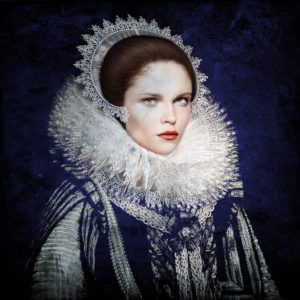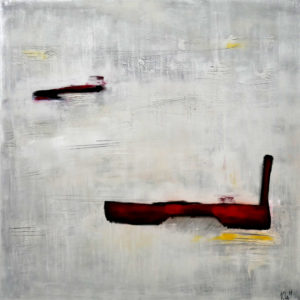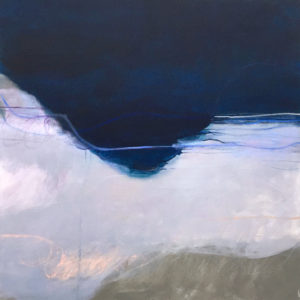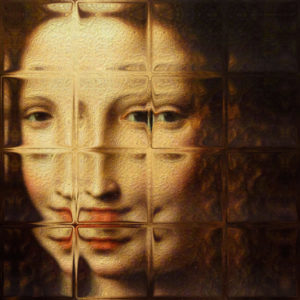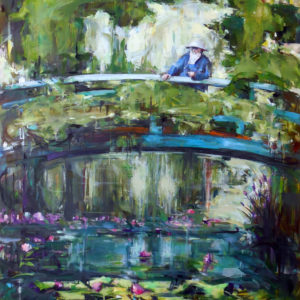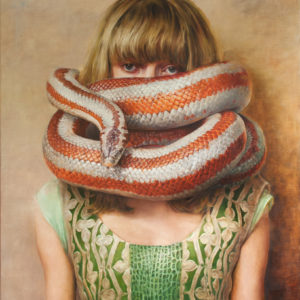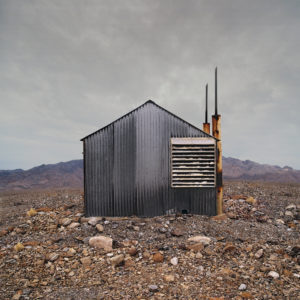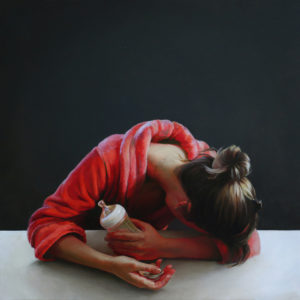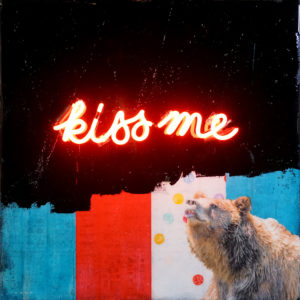Art History 101
From a Curator: International Museum Day
In celebration of the 41st annual International Museum Day, we asked our team of expert curators at Saatchi Art to name their favorite artworks at eight of the world’s most renowned museums including the Louvre in Paris, The Metropolitan Museum of Art in New York City and the Uffizi Gallery in Florence along with several others. Read on to learn more about our curators’ picks!
The Louvre
As the epitome of French Romanticism that influenced the works of many other artists from Eugene Delacroix to Gustave Courbet, “The Raft of the Medusa” by Théodore Géricaultis Associate Curator’s Jessica McQueen’s favorite artwork at the Lourve. For more works like Géricault’s masterpiece, browse our “Inspired by Old Masters” – Louvre Collection.
The Museum of Modern Art
“Shimmering Substance” is one of Jackson Pollock’s first completely non-representational works created as a part of his Sounds in the Grass series. The use of warm colors and lighter tones reminds us of warm summery days. Assistant Curator Evangelyn Delacare never misses a chance to see it when visiting the MOMA. To see more modern and abstract art, check out our Museum of Modern Art Collection.
The Getty
This candid shot taken by Walker Evans captures one exact moment of stillness in the midst of New York City’s hustle and bustle. This photograph is another favorite of Associate Curator Jessica McQueen at The Getty Museum in Los Angeles. Our Getty Collection for more photography works inspired by the likes of Walker Evans’.
The Pompidou
The blue canvases of French artist Yves Klein received not only commercial and critical success in the 1950s, but till today has made a lasting impression on society with the creation of this unique shade of blue named, “International Klein Blue”. So, it comes as no surprise to us that Assistant Curator at Saatchi Art Victoria Kennedy picked this work as her must-see artwork from the Pompidou. Check out more pop inspired artworks in our Pompidou Collection.
The Uffizi Gallery
Gian Lorenzo Bernini was said to have created this sculpture at the young age of 15 years old depicting Saint Lawrence’s death after being sentence by the Roman Emperor Valeria in 258CE. “Martyrdom of Saint Lawrence” is Assistant Curator Victoria Kennedy’s favorite piece at the Uffizi Gallery in Florence, as it represents many key elements in Italian Baroque art. Visit our Uffizi Gallery Collection to see more sculptural pieces.
Musée D’Orsay
“The Cradle” painted in 1872 is notably Berthe Morisot’s most famous work illustrating Berthe’s sister lovingly watching over her daughter. Over the years, this painting has become a symbolic celebration of motherhood. Senior Associate Curator Katherine Henning has chosen it as her favorite artwork at the Musée D’Orsay in Paris. You can find similar impressionist works within our Musée D’Orsay Collection.
National Portrait Gallery (London)
The National Portrait Gallery of London was founded in 1853 and till today still holds the most extensive collection of portraits in the world. This portrait of King Charles II at 4 months old is Assistant Curator Evangelyn Delacare’s favorite work. To see more portraits, check out our National Portrait Gallery Collection.
The Metropolitan Museum of Art
Victorian Meurent pictured in “Young Lady in 1866” was the model for many of Manet’s paintings including the famous “Olypmia” and “Luncheon on the Grass“. Some scholars have deemed this painting as an allegory to the five senses. Senior Associate Curator Katherine Henning has chosen this as her must-see artwork at the Metropolitan Museum of Art in New York. More works like Manet’s and other electric pieces can be found in our Metropolitan Museum of Art Collection.
Love reading about all things art? You can have articles from Canvas, curated collections and stories about emerging artists delivered straight to your inbox. Sign up for the Saatchi Art Newsletter.
Save
